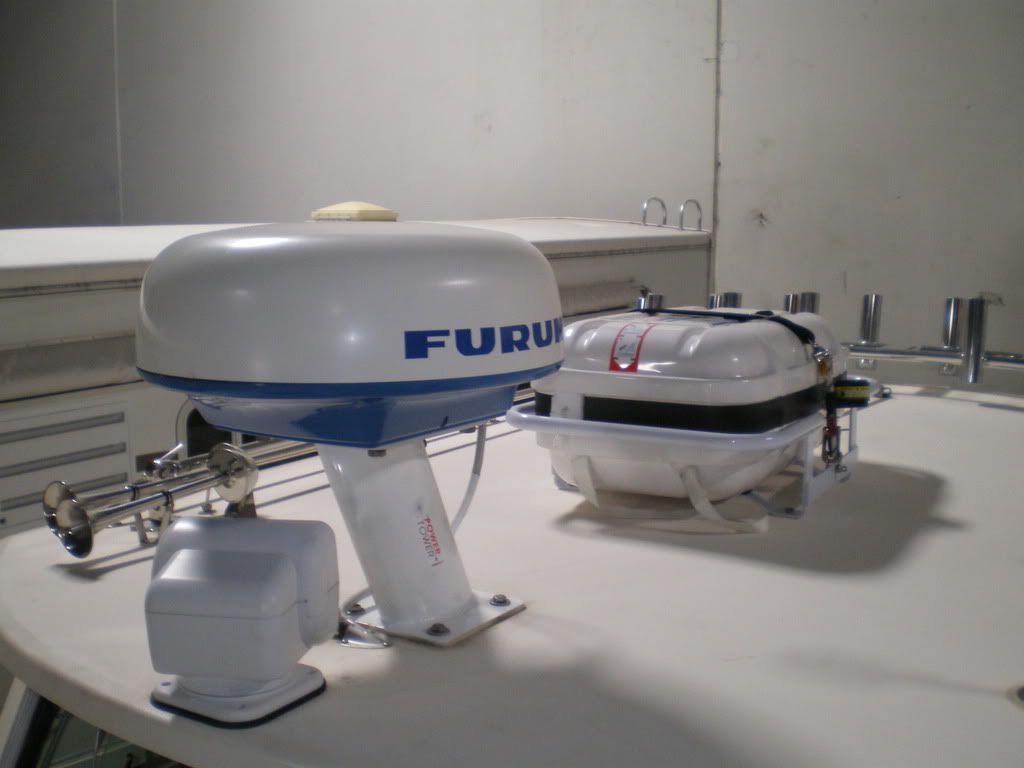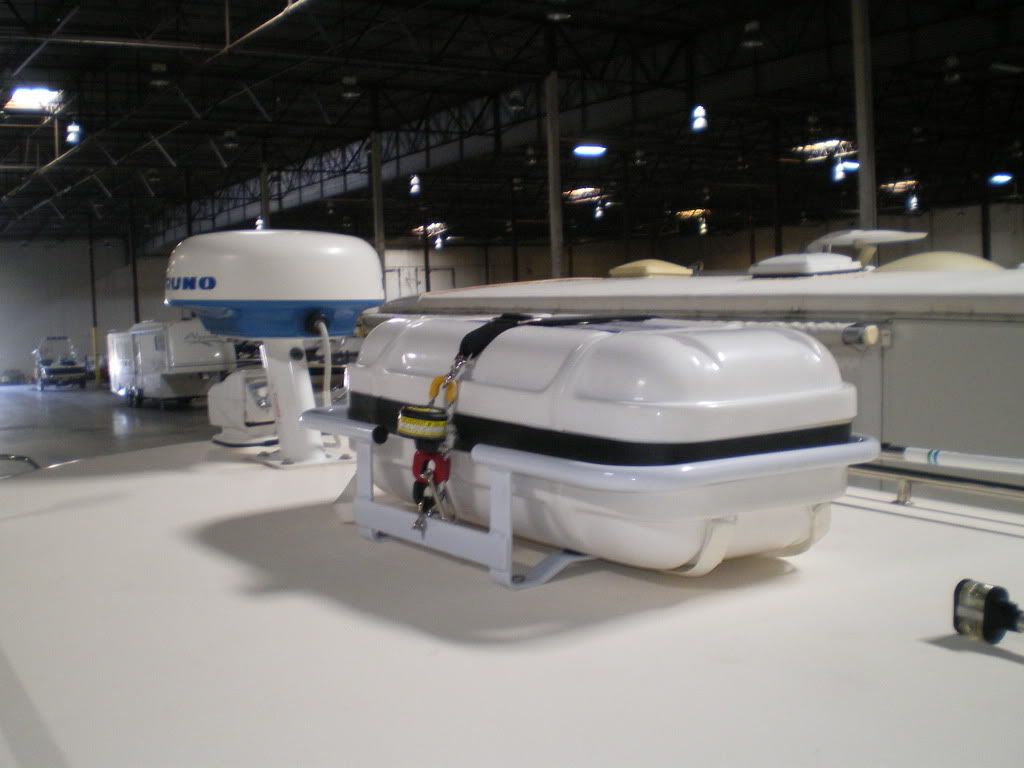Porkchunker":12nh3gkk said:
I've probably missed a lot, and I'm sure Megabyte (Kevin) will chime in with a lot more goodies.
I'm probably not a good barometer Dave, because I carry a good bit more than what is required.

If you want to know what is
required for your vessel, go to the
Vessel Safety Check (VSC) web site at:
http://safetyseal.net/
At the VSC site, you can do a virtual inspection of your vessel and print out the actual VSC form that the USCG Aux uses when they inspect a vessel.
In the spring, when you are ready, schedule a VSC and get the window sticker. If the CG or your local DNR sees you on the water and you are displaying a current sticker, you'll get a wave and a pass rather than a 'safety check stop'. :wink:
What you decide to carry, and how you organize your safety gear is up to you, but here is
some of what I carry if you'd like an idea or two.
I keep all of my critical safety gear and my paperwork in one place - in an emergency gear bag.
My previous gear bag was a simple canvas bag that my anchor rode came in. These days I've upgraded to an ACR RapidDitch bag that holds all of my stuff, and it floats (just-in-case).
The old bag is on the left, and the one I'm using now is on the right.
In addition to holding my safety gear, the bag also holds my boat registration, proof of insurance, my tow insurance info, and a copy of my license.
You are only required to carry 3 pyrotechnic devices on your vessel, but I carry many times that.
I have 2 one gallon ZipLock bags, one labled "Current", the other labled "Expired". You are allowed to carry expired pyrotechnics (and it makes sense to do so), but you cannot mix the expired with the current signaling devices. Keeping them in separate marked bags keeps you in line with USCG regulations.
I carry both day time, as well as night time pyrotechnics. For daytime, I carry smokes, dye markers, and signaling mirrors. For night time I carry an assortment of 12 ga and 25 mm aerials.
For audible and visual signaling devices, I carry both whistles and canned air, as well as clip-on strobes and flashlights.
For personal safety, I carry 3 medical kits on board, with one of them being carried in the emergency equipment bag. Along with the medical gear are a couple of 'space blankets' for emergency warmth, and in a separate waterproof tote bag I carry an assortment of rain gear, extra sweatshirts, sweatpants, hats, sunglasses, water shoes, and an assortment of gloves.
My VHF radio is connected to my GPS so that in an emergency, I can activate my DSC button on the radio and it will transmit my GPS coordinates to the CG.
In the emergency equipment bag I carry a waterproof handheld VHF as well as a personal emergency position-indicating radio beacon, sometimes called a "P-EPIRB" or a "PLB".
Unlike a mounted EPIRB which is registered to the vessel, a PLB is registered to a person. This allows me to carry the PLB with me when I am operating on another vessel.
EPIRB's and PLB's are not required, and they are not cheap, but they are good insurance if you choose to add one to your emergency equipment bag at some point. :wink:
Some other items that I carry include an assortment of nylon zip ties, a small tool kit and an extra set of spark plugs sealed in a 50 cal ammo can, WD40, duct tape, a tow hawser (with bridle and float), several
very sharp knives - one at the helm and one in the cockpit (mounted with velcro), a rechargeable hand-held search light, and a 1.5 gal empty bleach bottle with 100' of parachute cord and the name of the boat in BIG LETTERS on it.
Why the bleach bottle? Well, (knock on wood) I have never gotten my expensive anchor hung up on the bottom, but if I ever do... I will attach the parachute cord to my rode, drop the bottle overboard, note the GPS coordinates, and contact a member of my fishing club (who is a diver) that I have a reward for him if he brings my anchor and rode back.

There are more things that I carry, but I think you have enough ideas to get you thinking about what you might need to survive in your area if things go bad.
Hopefully, by thinking this through after attending a safe boating class, you will be on your way to being prepared for any emergency that could happen in your area. 8)
Good luck!



































